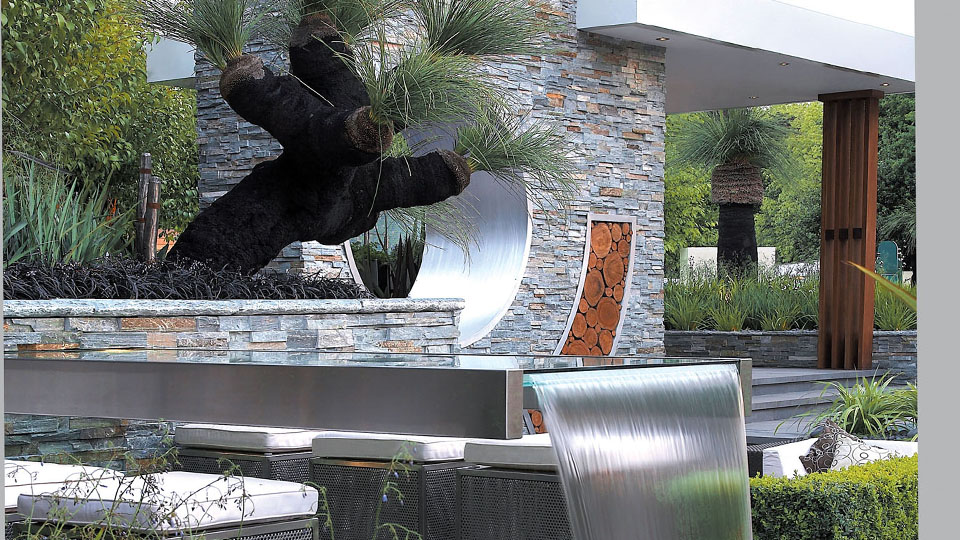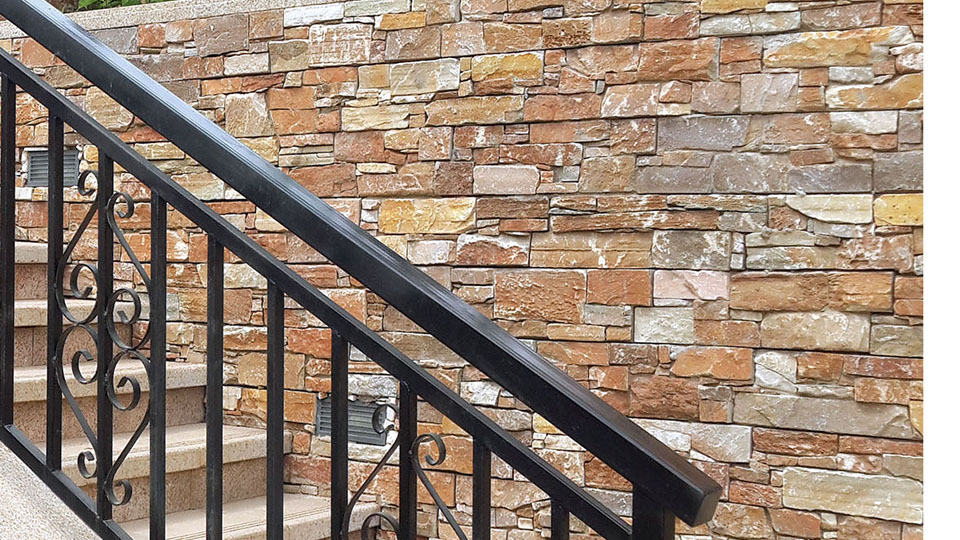how much do granite countertops cost
Decoding the Cost of Granite Countertops: A Comprehensive Technical Analysis
Granite countertops stand as a premium choice for homeowners seeking durability, aesthetic appeal, and a touch of natural elegance. However, the question of "how much do granite countertops cost?" is far from simple. It involves a complex interplay of various factors, from the origin and quality of the stone to fabrication intricacies and installation complexities. This technical article delves deep into the multifaceted aspects that determine the final price of granite countertops, providing a comprehensive understanding for homeowners and industry professionals alike.
1. The Raw Material: Unveiling the Granite Grades and Their Price Implications
The most significant factor influencing the cost of granite is the raw material itself. Granite is not a homogenous product; it varies widely in terms of its origin, rarity, color, veining patterns, and structural integrity. These variations lead to a grading system that directly correlates with price:
Entry-Level or Commercial Grade (Level 1): This category typically includes more common granite colors with consistent patterns and fewer imperfections. These granites are often readily available and sourced in large quantities, making them the most affordable option. They are generally thinner slabs and may have more visible flaws that are addressed during fabrication. Examples include Uba Tuba, New Caledonia, and Santa Cecilia Light. From a technical perspective, these granites often have simpler mineral compositions and may exhibit slightly lower density or resistance compared to higher grades.

Mid-Level or Premium Grade (Level 2 & 3): These granites feature more unique colors, intricate veining, and greater depth and character. They may be sourced from quarries with limited production or possess more desirable aesthetic qualities. The slabs are typically thicker and have fewer visible imperfections. Examples include Kashmir White, Black Galaxy, and বিভিন্ন shades of Venetian Gold. Technically, these granites often exhibit a more complex mineral structure and improved physical properties like hardness and lower porosity.
High-End or Exotic Grade (Level 4+): This tier represents the most exclusive and expensive granites. They boast rare and striking colors, dramatic veining, and exceptional visual appeal. These slabs are often sourced from specific, limited quarries worldwide and may possess unique mineral formations or geological histories. They are typically thicker, with minimal to no visible flaws, and are considered statement pieces. Examples include Blue Bahia, Van Gogh, and কিছু varieties of granite with intense movement and vibrant colors. From a technical standpoint, these granites may possess unique mineral compositions that contribute to their distinctive appearance and potentially enhanced durability or other specific properties.
Price Variation Drivers within Grades: Even within a specific grade, prices can fluctuate based on:
Rarity and Demand: Less common colors or patterns that are in high demand will command a higher price.
Quarry Location and Extraction Costs: Granite sourced from remote or challenging locations will incur higher extraction and transportation costs.
Slab Thickness: Thicker slabs (e.g., 3 cm vs. 2 cm) generally cost more due to the increased material and perceived luxury.
Slab Size and Yield: Larger, flawless slabs that offer better yield during fabrication can be more expensive.
2. Fabrication: Transforming Raw Slabs into Finished Countertops
The fabrication process involves transforming raw granite slabs into custom-shaped countertops with finished edges, cutouts for sinks and appliances, and other specific requirements. This stage significantly contributes to the overall cost:
Cutting and Shaping: Precision cutting using specialized machinery (e.g., CNC routers, waterjet cutters) is essential to achieve accurate dimensions and intricate shapes. The complexity of the countertop design, including curves and angles, will influence the labor and machine time involved, thus affecting the cost.
Edge Profiling: The edge profile is the finished edge detail of the countertop. Standard edges like eased or bullnose are typically included in the base price. More elaborate and decorative edges (e.g., ogee, waterfall, Dupont) require more skilled labor and specialized tooling, leading to an additional charge per linear foot.
Cutouts: Cutouts for sinks (undermount, drop-in), faucets, cooktops, and other fixtures require precise cutting and finishing. The number and complexity of these cutouts will impact the fabrication cost. Undermount sink cutouts, in particular, require careful polishing of the interior edge and often involve additional labor.
Seam Fabrication: For larger countertops that require multiple slabs, seams are necessary to join the pieces. The quality and visibility of the seams depend on the skill of the fabricator. Techniques like bookmatching (mirroring the veining of adjacent slabs) can enhance the aesthetic appeal but may also increase fabrication complexity and cost.
Finishing: The surface finish applied to the granite can also influence the cost. Polished finishes are the most common and typically included. Honed (matte) or leathered (textured) finishes require additional processing and may incur an extra charge.
3. Installation: The Final Stage of Cost Consideration
The installation process involves transporting the fabricated countertops to the site and securing them in place. This stage also contributes significantly to the overall expense:
Transportation: The cost of transporting the heavy granite slabs from the fabricator's workshop to the installation site depends on the distance, the size and weight of the pieces, and any logistical challenges (e.g., stairs, narrow doorways).

Labor Costs: Installation requires skilled professionals to handle the heavy slabs safely, ensure proper leveling and alignment, and secure them to the base cabinets. Labor costs are typically calculated on an hourly basis or as a fixed fee for the project, influenced by the complexity of the installation and the number of installers required.
Seam Joining and Finishing: On-site seam joining and final finishing touches are crucial for a seamless and professional look.
Sink and Appliance Mounting: Connecting sinks, faucets, and cooktops adds to the installation time and cost. Undermount sink installations are generally more labor-intensive.
Demolition and Removal (Optional): If existing countertops need to be removed and disposed of, this will incur an additional cost.
4. Additional Cost Factors to Consider:
Beyond the core elements of material, fabrication, and installation, several other factors can influence the final price:
Sealant Application: While some fabricators include initial sealing in their price, ongoing resealing is the homeowner's responsibility. The cost of sealant and professional application (if chosen) should be factored in for long-term maintenance.
Backsplashes: Granite backsplashes, whether a simple 4-inch lip or a full-height installation, will add to the material and installation costs.
Edge Treatments on Backsplashes: Similar to countertops, edge profiles on backsplashes can also incur additional charges.
Sink and Faucet Costs: These are typically separate from the countertop cost but are essential components of a kitchen or bathroom renovation.
Geographic Location: Labor costs and material availability can vary significantly depending on the geographic location. Areas with a higher cost of living generally have higher installation costs.
Contractor Markup: If you are working with a general contractor, they will typically add a markup to the cost of the countertops.
5. Estimating the Cost: Understanding Price Ranges
Given the multitude of influencing factors, providing a precise cost for granite countertops without specific project details is impossible. However, understanding typical price ranges can offer a general idea:
Entry-Level Granite (Installed): $40 - $70 per square foot. This typically includes basic fabrication (eased or bullnose edge) and standard installation.
Mid-Level Granite (Installed): $60 - $100 per square foot. This range covers more unique colors and patterns, potentially thicker slabs, and slightly more complex fabrication.
High-End Granite (Installed): $100 - $200+ per square foot. This category encompasses rare and exotic granites, intricate fabrication details, and more complex installations.
It is crucial to obtain detailed quotes from multiple reputable fabricators and installers based on your specific project requirements to get an accurate cost estimate. These quotes should clearly outline the cost of the granite slab, fabrication charges (including edge profile, cutouts), and installation fees.
6. Technical Considerations Affecting Cost:
From a technical perspective, certain properties of the granite itself and the fabrication techniques employed can influence the cost:
Hardness and Density: Granites with higher hardness and density may be more challenging to cut and fabricate, potentially increasing labor costs. However, they also offer superior durability.
Porosity: More porous granites may require more sealant and potentially more careful handling during fabrication to avoid staining.
Vein Matching and Flow: Intricate vein matching across multiple slabs requires skilled fabrication and careful layout planning, adding to the labor cost. Achieving a continuous flow of veining can also increase material waste.
Tolerance and Precision: High-precision cutting and fabrication, especially for complex shapes and tight tolerances around sinks and appliances, demand advanced machinery and skilled operators, impacting the cost.
Conclusion: Navigating the Complexities of Granite Countertop Costs
The cost of granite countertops is a multifaceted equation involving the grade and origin of the stone, the intricacies of fabrication, the complexities of installation, and various additional factors. Understanding these elements is crucial for homeowners to make informed decisions and budget effectively for their kitchen or bathroom renovations. By obtaining detailed quotes, carefully considering their aesthetic preferences and functional requirements, and engaging with reputable professionals, individuals can navigate the complexities of granite countertop costs and invest in a surface that offers enduring beauty and value. The technical aspects of granite properties and fabrication techniques further underscore the importance of skilled craftsmanship and quality materials in determining the final price.



